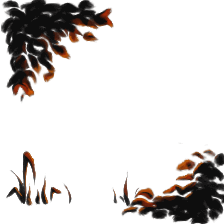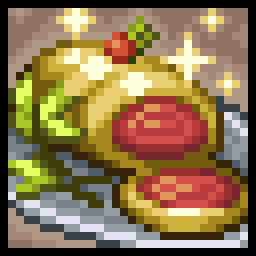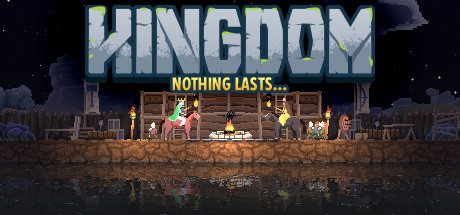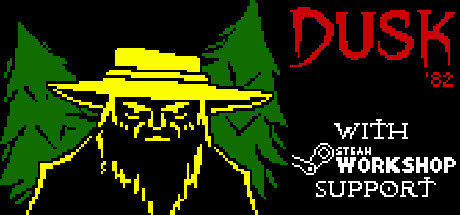Install Steam
login
|
language
简体中文 (Simplified Chinese)
繁體中文 (Traditional Chinese)
日本語 (Japanese)
한국어 (Korean)
ไทย (Thai)
Български (Bulgarian)
Čeština (Czech)
Dansk (Danish)
Deutsch (German)
Español - España (Spanish - Spain)
Español - Latinoamérica (Spanish - Latin America)
Ελληνικά (Greek)
Français (French)
Italiano (Italian)
Bahasa Indonesia (Indonesian)
Magyar (Hungarian)
Nederlands (Dutch)
Norsk (Norwegian)
Polski (Polish)
Português (Portuguese - Portugal)
Português - Brasil (Portuguese - Brazil)
Română (Romanian)
Русский (Russian)
Suomi (Finnish)
Svenska (Swedish)
Türkçe (Turkish)
Tiếng Việt (Vietnamese)
Українська (Ukrainian)
Report a translation problem


 Netherlands
Netherlands 







































A plan forms - Operation: Solstice End. A desperate bid to end the cycle, to kill the Sun. The weapon, an arrow of darkness to consume the light.
The arrow flies, the Sun screams, the light dies. But what then? An eternal night, a world plunged into darkness. Is this freedom? Or just another prison?
The cycle is broken, but at what cost? The Sun is gone, but so is the day. The light is no more, but neither is life. A pyrrhic victory.